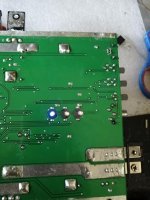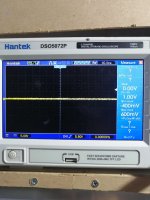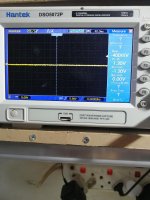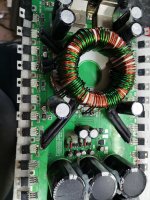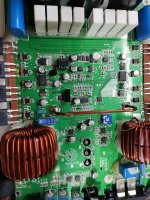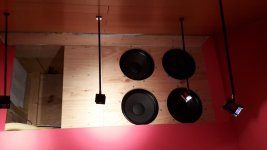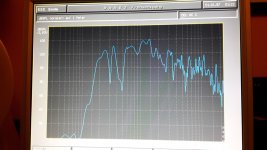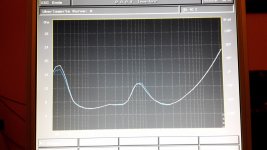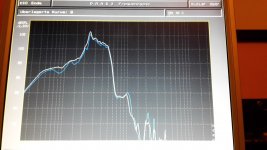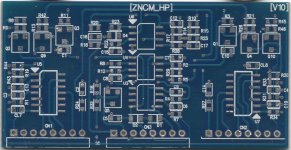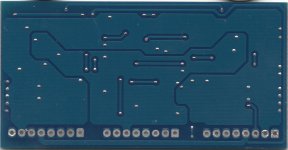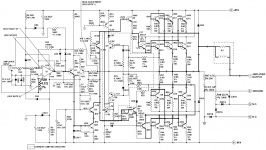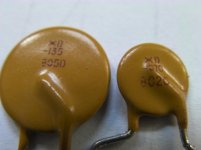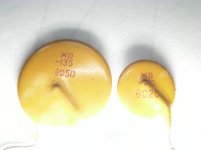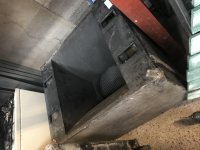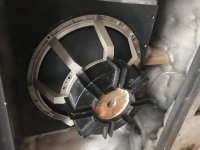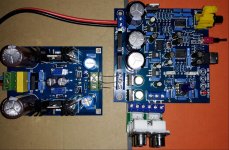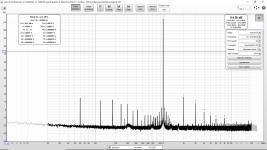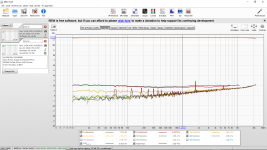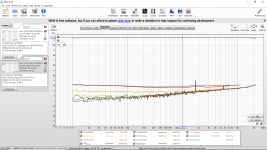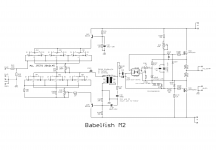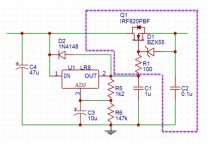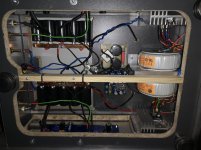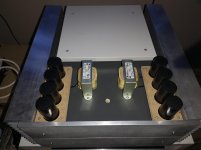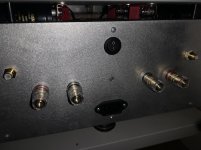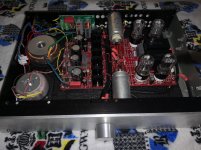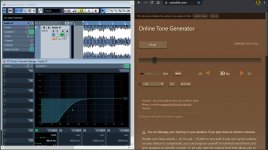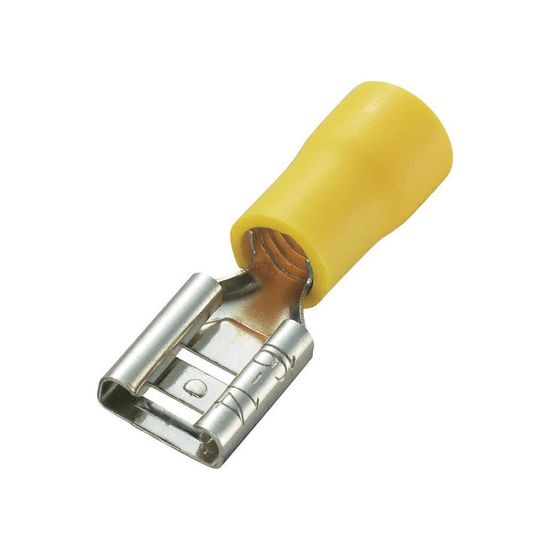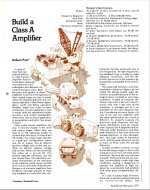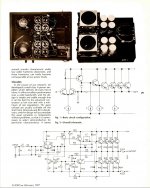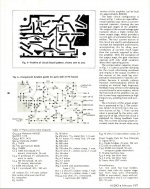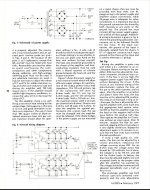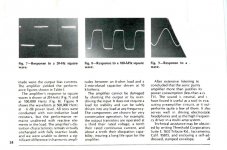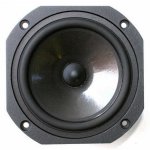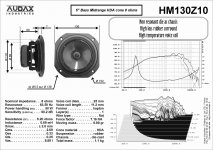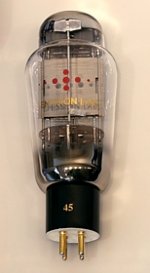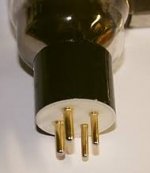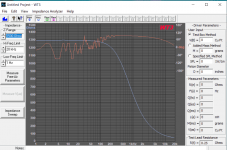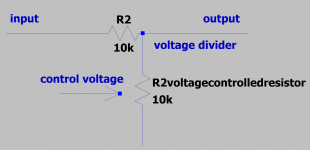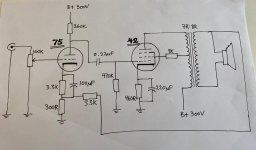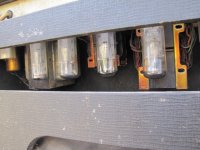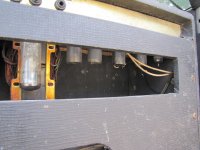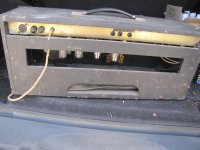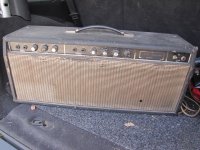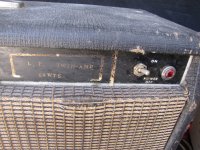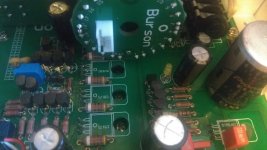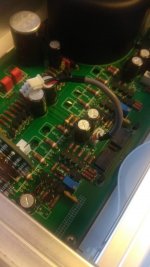I've been building amps using current mirrors since I learned about them in college about 15years ago. I first tried it b/c I didn't have a voltage supply with high enough voltage for the tube, and as a student, didn't have money to buy another transformer.
I liked the sound of the first preamp I built with a mirror, fast and accurate to my ears. Since the output can be loaded with anything, the volume was adjusted by various resistors via a rotary switch and the signal taken out without passing thru the resistors. After that, almost all my amps, espescially the VAS stages are like this.
Depending on how u use them, and look at it, they have some very good points.
1. The circuit is DC coupled, no cap in series.
2. The tube being mirrored sees a constant load.
3. The low voltage swing makes Mr.Miller a non-contender. (wideband)
4. The load on the output side can be anything.
5. The load on the output can be terminated at any voltage.
6. The supply is often at a friendlier potential.
7. The current is at max when the output is at max amplitude. (grid drive)
8. Everybody else builds classic circuits, it's nice to be different
🙂
Some comments on those points:
Look at the heated discussions about signal capacitors, and point 1 gets real nice. I dont even want to start another one of those discussions. But is a transistor any better? Well, I think so. Is a choke or CCS with an output cap any better? Well, if u cannot utilize the direct coupling for some reason, and u must have capacitor coupling, there is no reason the mirror is better.
The tube being mirrored sees a contant load, and relative to the plate voltage, we can say the voltage swing on the plate is minute, so it is like a cascode. Do cascodes sound great? Well I think these circuits do, so I guess so. The real benefit in addition to the cascode's wide bandwidth is the output being so flexible as to how it is connected and loaded. The combination of that makes it a good solution.
It is very fast, and in my amps using the low mu 6AS7 it swings +-120volts at over 50kHz with no problems, even with several in parallel. For driving an output tube's grid it also is beneficial that the current is at it's max when the output swings up. (Noninverting).
I have tested various mirror types, wilson mirrors, cascoded outputs, MOSFETs, BJTs, etc. The spectrum analyzer shows near identical performance with all, making me believe the tube is the dominant contributor, so I consider this a hybrid circuit with tube dominance. (And I use the simplest mirrors).
Anyway, before going too far, here are some sample circuits I have built using this topology.
These are simplified schematics, but show how direct the signal path is. I do not bother draw in the grid stoppers or the various power supply components. (The excellent article by Lynn Olson about current loops is a must read when optimizing the supply).
Btw. I found this thread about mirrors which I havent had time to look at yet, but hopefully it is an interesting read. Perhaps tonight with some good wine and and a few good records
🙂
http://www.diyaudio.com/forums/solid-state/133018-current-mirror-discussion.html




